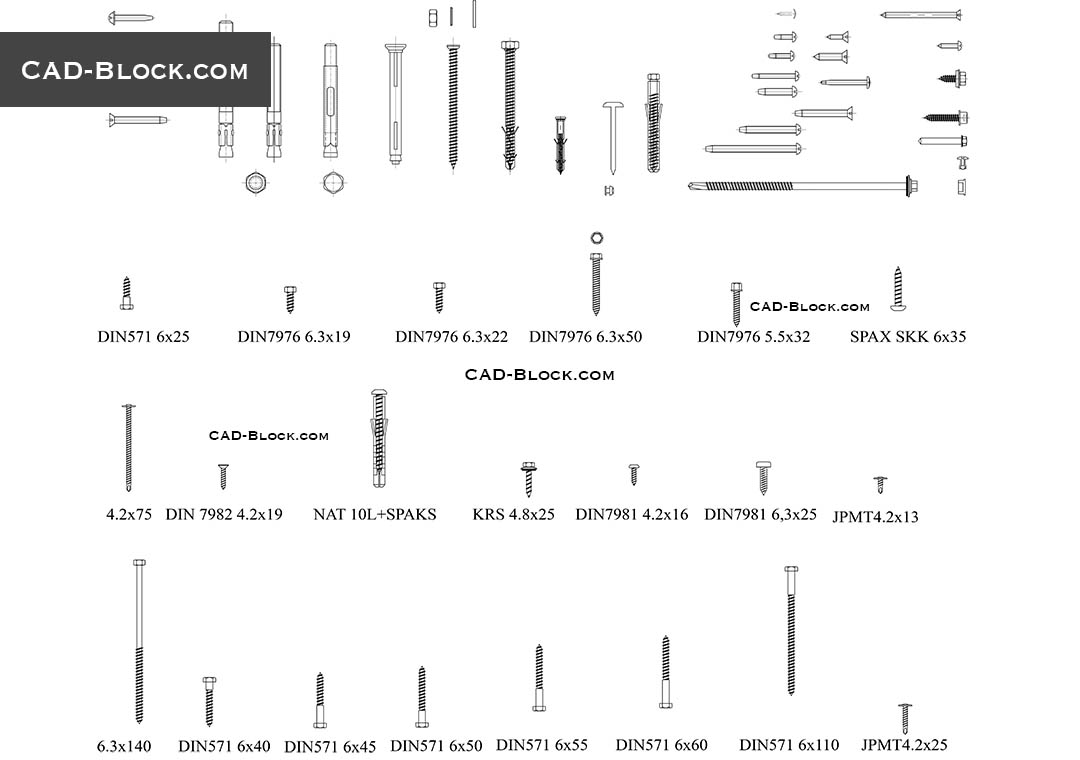
We will leave the Offset field at a value of zero.See the Note on Draft Working Plane Button for screen captures showing the two expanded modes. Depending on your Draft preferences, this expands a Select Plane dialog in the Tasks side panel, or a horizontal toolbar labeled "active command: Select Plane".Press the Auto button (it may be labeled "None").Depending on your Draft preferences, it may be below the main toolbar, to the left or to the right. įirst we need to define on which working plane to draft our profile. You need to activate the Draft workbench. This method requires that you start by drawing a 2D profile. 1.6 The filleted edges 2nd Method - By extruding a profile On the Part Workbench toolbar, click on the Cut tool.įig.Switch Mouse navigation to either CAD or Blender selection.) One thing to remember: in Inventor navigation mode, Ctrl + click does not work for multiple selection. Select the first shape first (named Box), then the second one (named Box001), the selection order is important! (Make sure that both shapes are selected in the Project tree. You'll now subtract the second box from the first.By default this box will be superimposed on the first one. Create a second box the same way, but with values L=40, W=40 and H=750mm.Click on Fit All to fit the view to the newly created box. The box now fills most of the 3D view.1.1) Note: back when these captures were taken, the properties were ordered differently, with Height being first.



If you haven't opened a new FreeCAD document (most of the FreeCAD window looks greyed-out), from the pull-down menu click File → New or click the Create a new empty document icon.So let's start by trying to do some iron feet for a table with these 2 methods.ġst Method - By Constructive Solid Geometry You start by drawing a 2D profile which you'll either extrude or revolve. These tools are also in the Part Workbench. You can also apply transformations on shapes, like applying rounds or chamfers on edges. These tools are part of the Part Workbench. You work with primitive shapes like cubes, cylinders, spheres and cones to construct your geometry by combining them, subtracting one shape from the other, or intersecting them. There is also a detailed explanation (in the context of FreeCAD) of Constructive_solid_geometry on the wiki.

The first (and basic) technique of solid modeling is Constructive Solid Geometry (CSG). Save your work often, from time to time save your work under a different name, so you have a "safe" copy to fall back to, and be prepared to the possibility that some commands might not give you the expected results.
#Flat iron cad how to
Don't hesitate to allow 2 or 3 backup files until you know well how to deal with FreeCAD. The number of those backup files can be specified in the preferences dialog. FreeCAD now has the ability to save backup files. Keep in mind that FreeCAD is still in an early stage of development, so you might not be as productive as with another CAD application, and you will certainly encounter bugs, or experience crashes. One thing to know is that FreeCAD is modular by design, and like for many other CAD software, there are always more than one way to do things. This Basic Modeling Tutorial will show you how to model an iron angle.


 0 kommentar(er)
0 kommentar(er)
